As she scrolled through her social media feed, Emily couldn't help but feel a sense of unease. Every other post seemed to be about some new conspiracy theory or another, each one more outlandish than the last. Her friends were sharing articles about the government controlling the weather, while her family members were convinced that AI was secretly plotting against humanity. Emily felt like she was living in a world where nothing was as it seemed, and she wasn't sure how to navigate it.
For Emily, this was a familiar feeling. She had always been skeptical of conspiracy theories, but in recent years, it seemed like they had become an integral part of the online landscape. From QAnon to flat earthers, it seemed like every topic had its own dedicated conspiracy theory. And as the lines between fact and fiction became increasingly blurred, Emily was starting to wonder: how did we get here?
The answer lies in a combination of technological advancements, social media platforms, and a growing distrust of institutions. According to Mike Rothschild, a journalist and conspiracy theory expert, the internet has created a perfect storm of misinformation and disinformation. "Social media platforms have created an environment where conspiracy theories can spread quickly and easily," he explains. "And with the rise of AI-generated content, it's becoming increasingly difficult to distinguish between fact and fiction."
One of the key drivers of this trend is the proliferation of online echo chambers. Social media platforms like Facebook and Twitter have algorithms that prioritize content that is likely to engage users, which can create a feedback loop of conspiracy theories and misinformation. "When you're in an echo chamber, you're only exposed to information that confirms your existing biases," says Rothschild. "And that can be incredibly powerful in shaping people's perceptions of reality."
But it's not just social media that's to blame. The rise of AI-generated content has also played a significant role in the spread of conspiracy theories. From deepfakes to AI-generated news articles, it's becoming increasingly difficult to distinguish between fact and fiction. "AI has created a new level of sophistication in terms of misinformation," says Rothschild. "It's no longer just a matter of spreading false information – it's about creating entire narratives that are designed to deceive."
So what can we do to combat this trend? According to Rothschild, the key is to promote media literacy and critical thinking. "We need to teach people how to evaluate information critically, and how to spot the signs of misinformation," he says. "It's not about banning conspiracy theories – it's about creating a culture where people are encouraged to think critically and question information."
For Emily, this is a welcome message. As she navigates the complex online landscape, she's starting to realize that she's not alone in her skepticism. There are many people out there who are just as confused and frustrated as she is. And with the help of experts like Rothschild, she's starting to feel more empowered to take control of her online experience.
As the conversation around conspiracy theories continues to evolve, one thing is clear: the stakes are high. Whether it's the spread of misinformation or the erosion of trust in institutions, the consequences of this trend are far-reaching. But by promoting media literacy and critical thinking, we can create a culture where people are encouraged to think critically and question information. And that's a step in the right direction.
In the end, Emily's experience is a reminder that the online world is a complex and multifaceted place. While conspiracy theories may seem like a fringe phenomenon, they have the power to shape our perceptions of reality and influence our behavior. By understanding the underlying drivers of this trend, we can create a more informed and critical online community – one that's better equipped to navigate the challenges of the digital age.
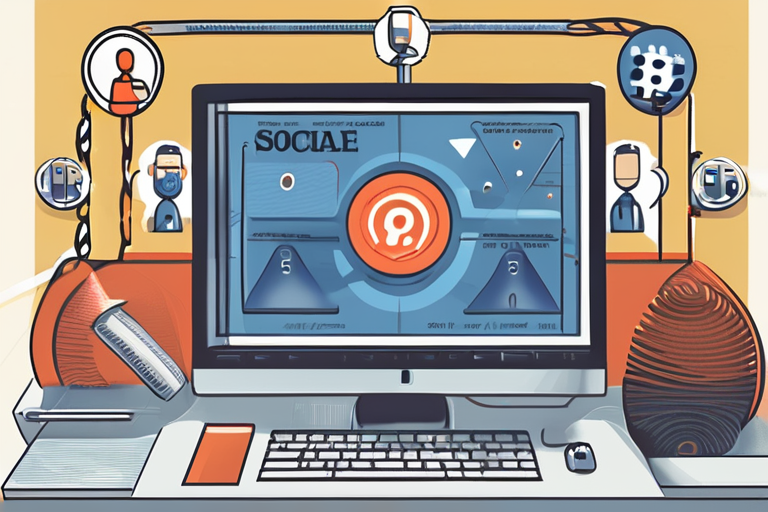


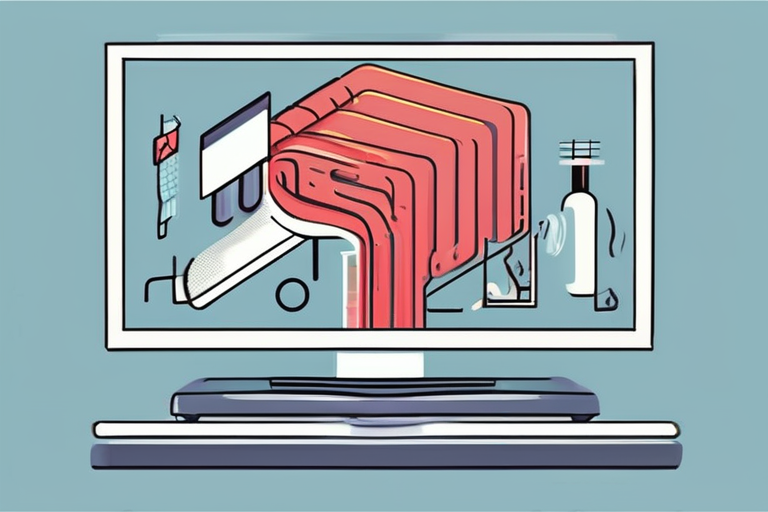
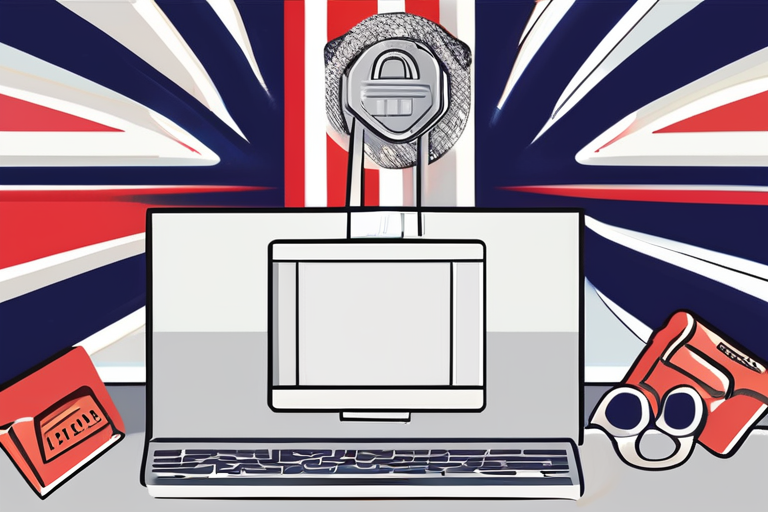

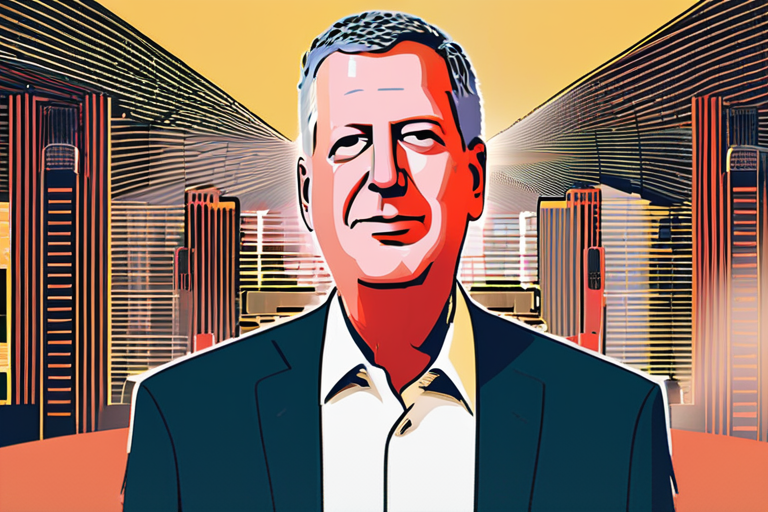

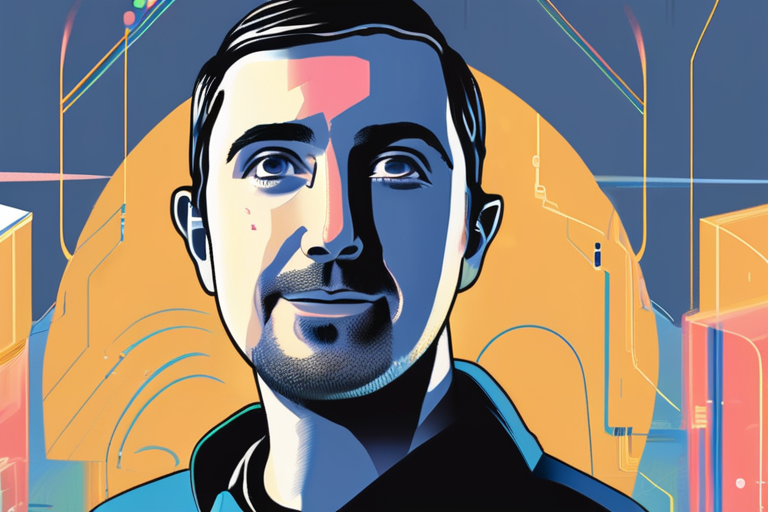
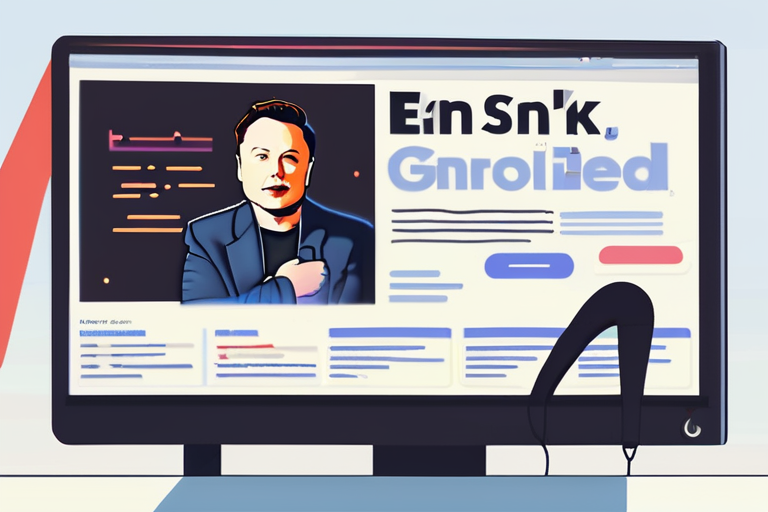
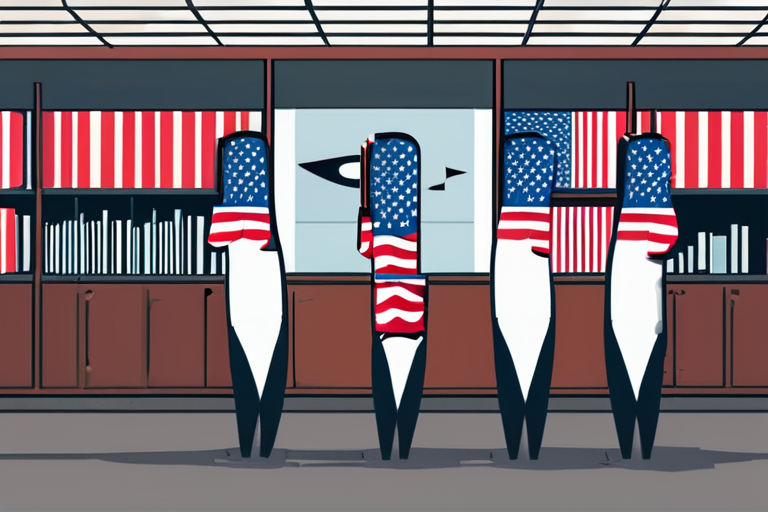

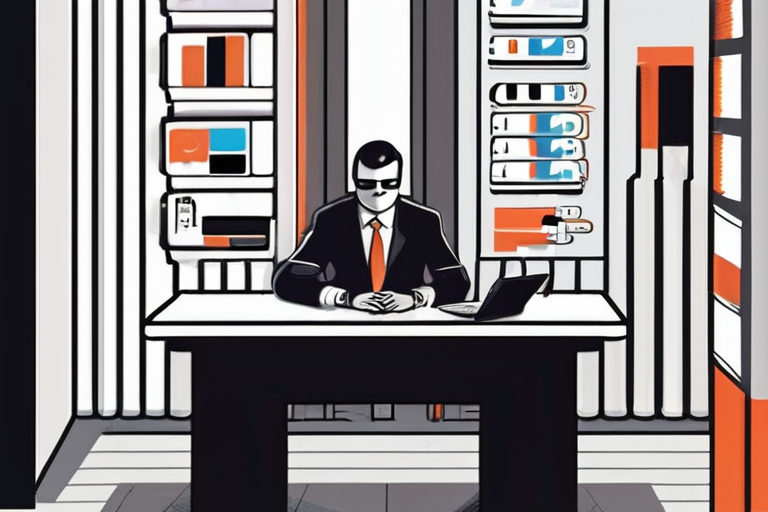


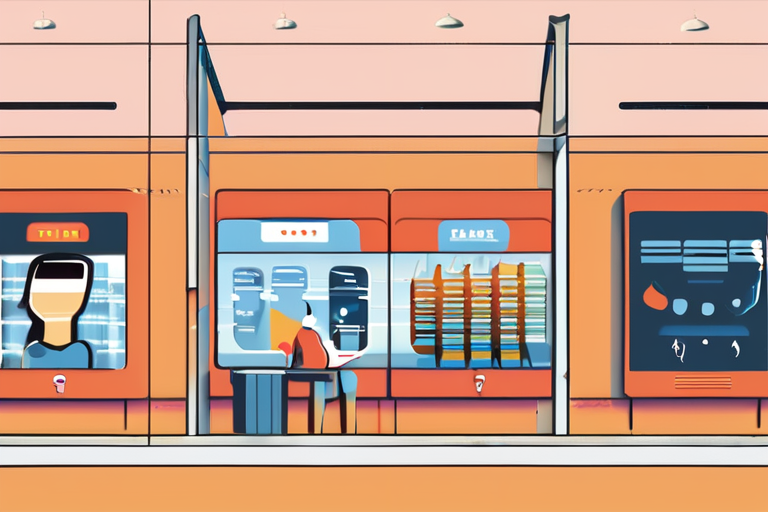

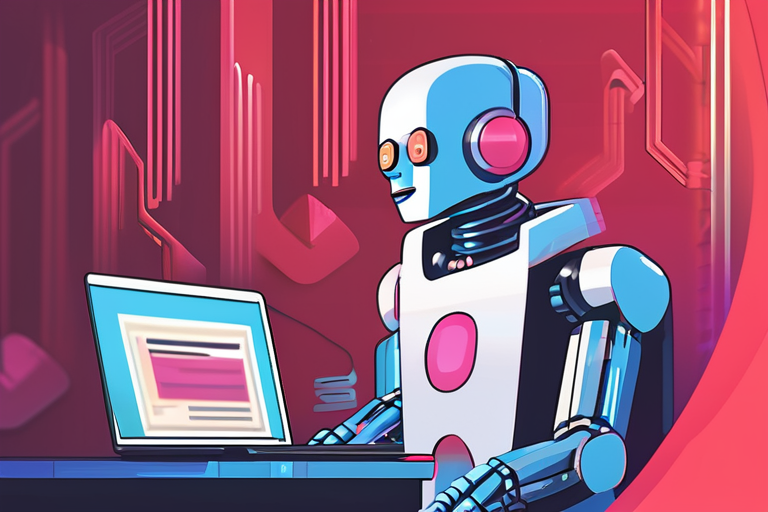
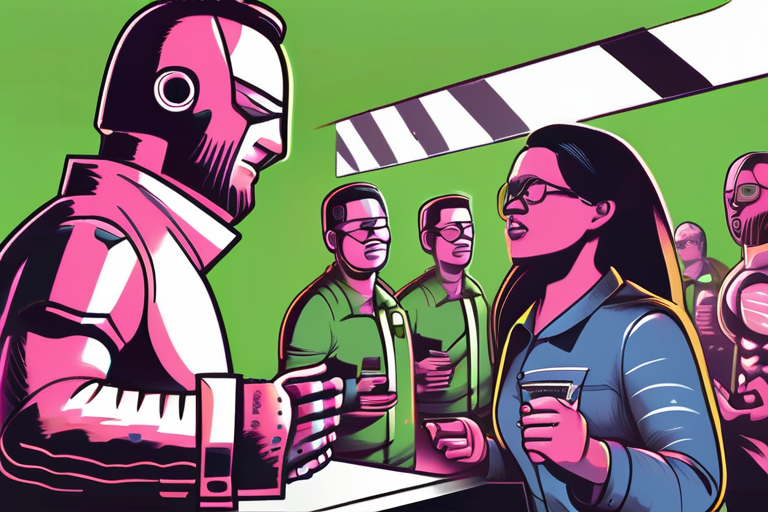
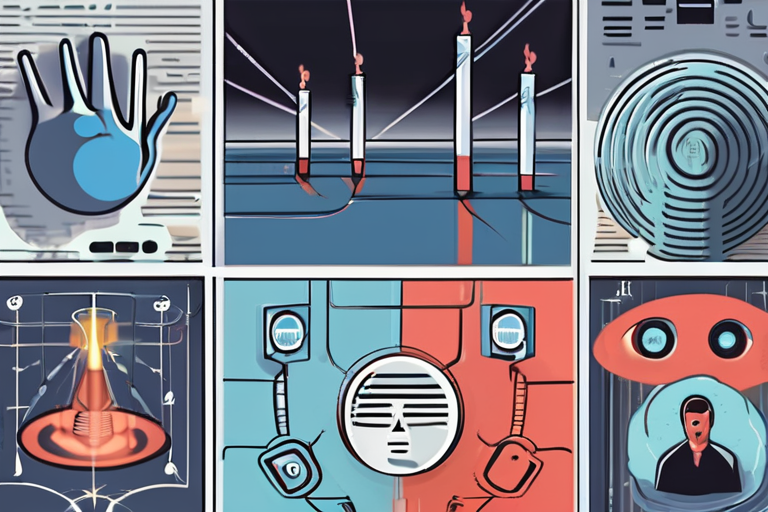
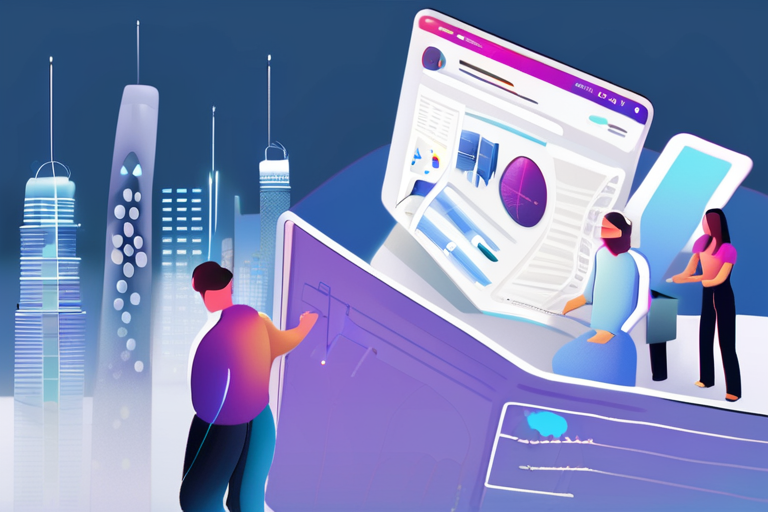

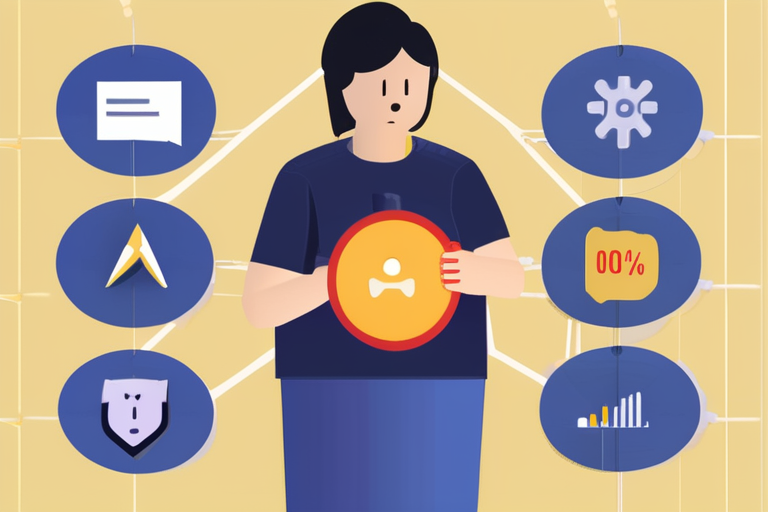
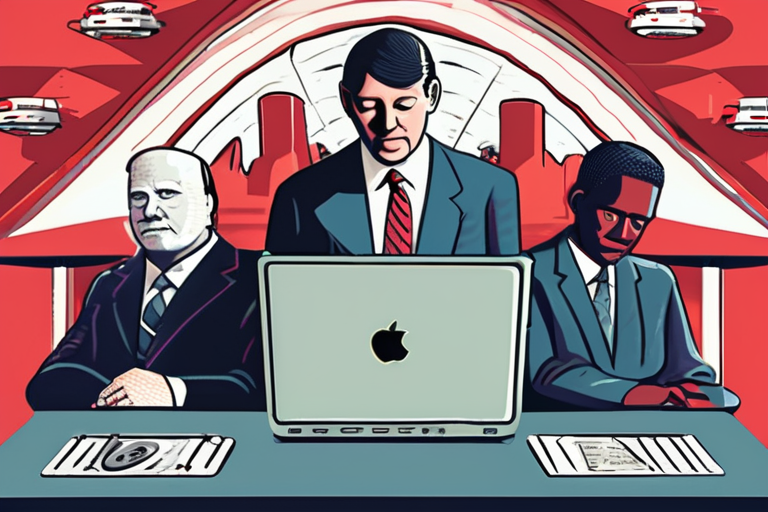
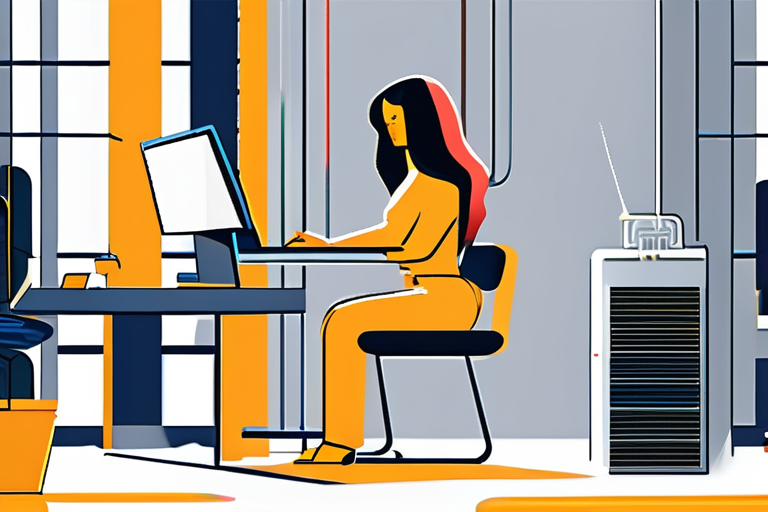

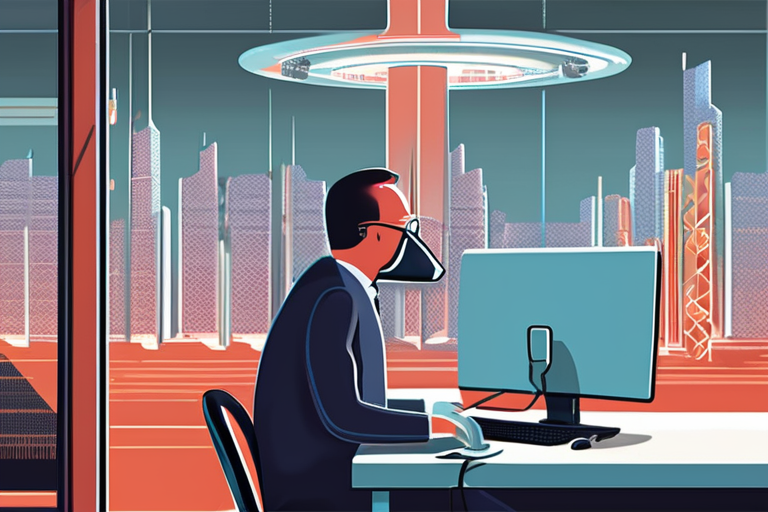
Share & Engage Share
Share this article